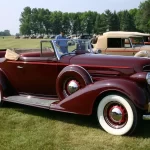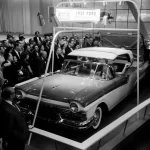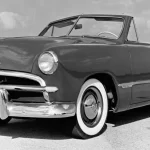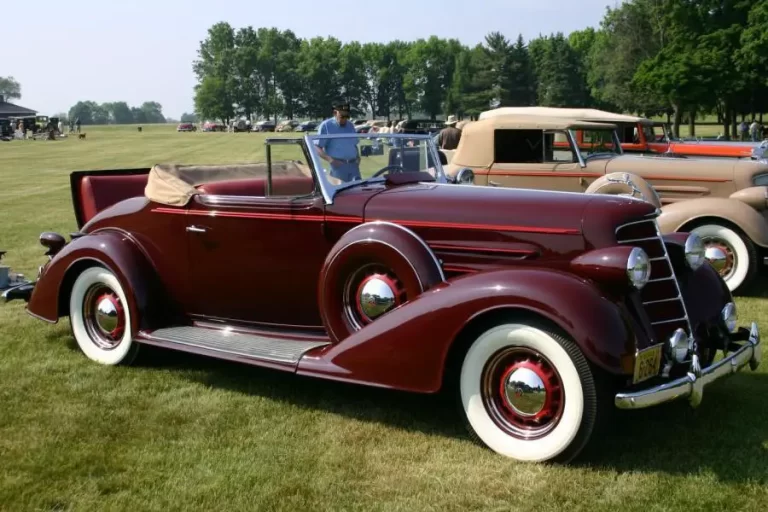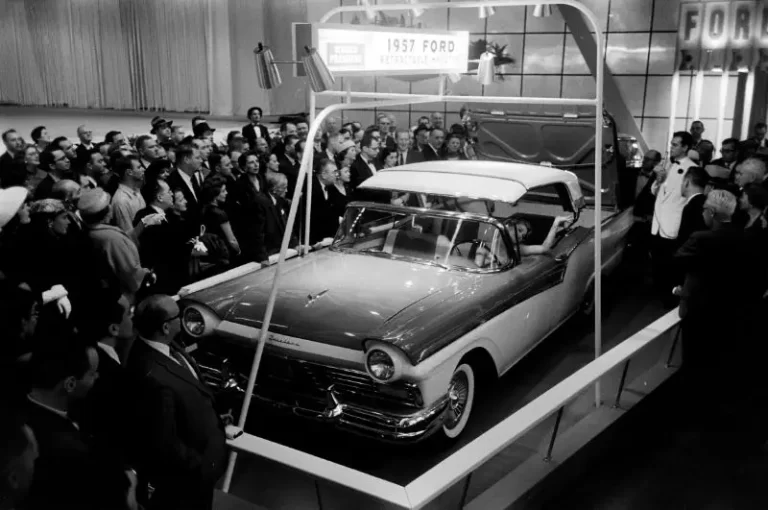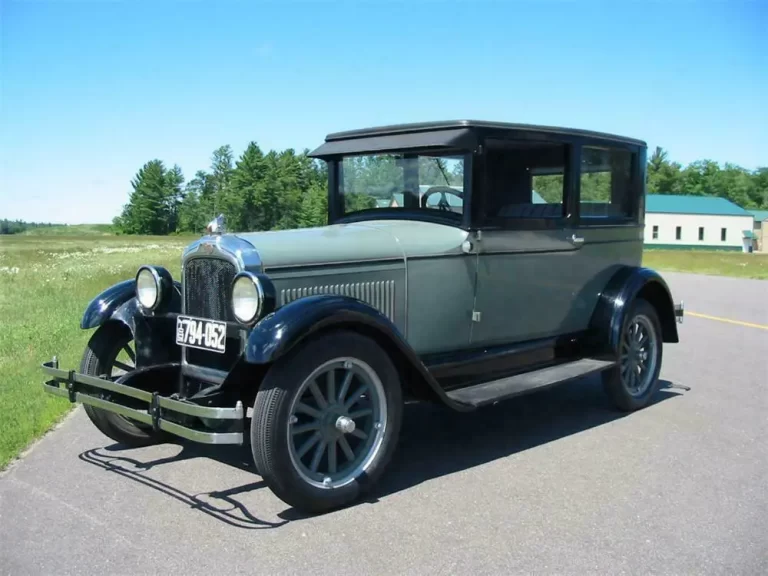
Ford Motor Company’s Premier Automotive Group (PAG) was established on March 19, 1999, marking a significant milestone in the company’s history as it aimed to extend its European reach. The formation of PAG was driven by Ford’s desire to diversify its automotive portfolio and expand its presence in the luxury and performance segments of the market.
The initial lineup of brands included Aston Martin, Jaguar Cars, and Lincoln. These brands brought with them a rich heritage and reputation for producing high-quality, luxury vehicles.
Aston Martin, renowned for its handcrafted sports cars and iconic designs, added a touch of British elegance and performance to the PAG stable. Jaguar, with its long history of producing luxury sedans and sports cars, further strengthened PAG’s position in the premium automotive market. Lincoln, an American luxury brand known for its comfortable ride and refined styling, provided a domestic counterpart to the European marques within the group.
What is Ford’s Premier Auto Group?
As PAG evolved, Ford recognized the potential for further expansion and acquisition. In 1999, Volvo Cars was added to the group, bringing Swedish engineering expertise and a focus on safety to the portfolio. Volvo’s reputation for producing practical yet stylish vehicles complemented the existing brands under the PAG umbrella.
The acquisition spree continued in 2000 when Ford purchased Land Rover from BMW, further diversifying PAG’s lineup with its rugged yet luxurious SUVs and off-road vehicles. With Land Rover onboard, PAG now boasted a comprehensive range of luxury and performance vehicles catering to various tastes and lifestyles.
The End of PAG
Throughout its existence, PAG aimed to leverage the strengths of its individual brands while fostering collaboration and sharing of resources where beneficial. However, challenges arose over the years, including economic downturns, shifting consumer preferences, and internal management issues. Despite initial optimism and investments, PAG struggled to achieve the level of success envisioned by Ford.
In 2007, Ford made the decision to restructure its operations and focus on its core brand, leading to the gradual dismantling of the Premier Automotive Group. Aston Martin was the first to be sold off, followed by Jaguar and Land Rover, which were acquired by Tata Motors in 2008. Volvo Cars was the last to be divested, with Ford selling its ownership stake to Geely Holding Group in 2010.
The Premier Auto Group Brands
Aston Martin
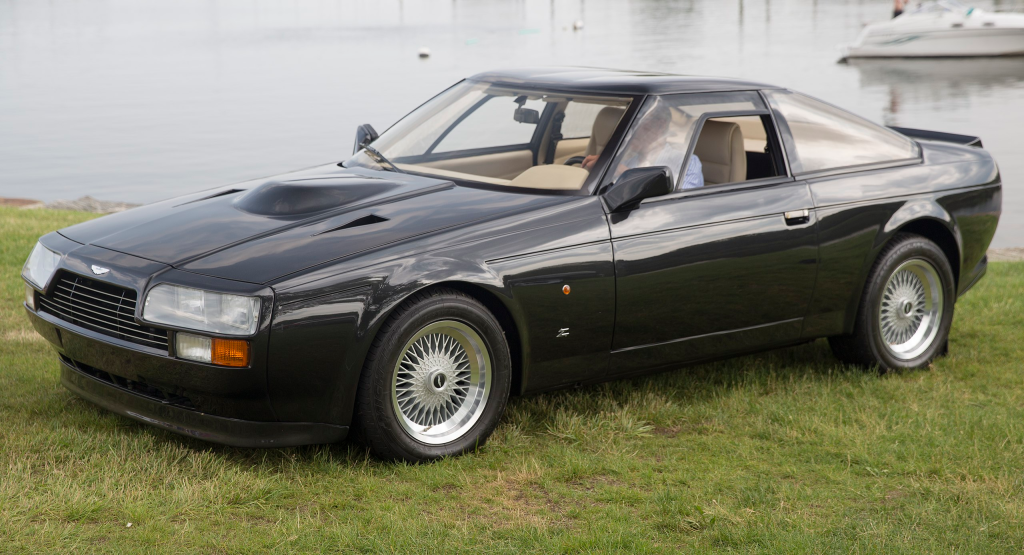
Acquisition: Ford’s acquisition of Aston Martin occurred in 1987, predating the formation of the Premier Automotive Group (PAG). At the time, Ford purchased a 75% stake in Aston Martin, with the remaining 25% retained by the company’s chairman, Victor Gauntlett. The acquisition aimed to bolster Ford’s presence in the luxury sports car market and complement its existing lineup of brands. Under Ford’s ownership, Aston Martin received significant investment and support, leading to the development of new models and technologies.
Sale: In 2007, as part of Ford’s restructuring efforts, the company announced its decision to divest itself of Aston Martin. The sale was motivated by Ford’s desire to focus on its core brand and streamline its operations. After a competitive bidding process, Aston Martin was sold to a consortium led by Prodrive founder David Richards for approximately $925 million. The sale marked the end of Ford’s ownership of Aston Martin after two decades, but the company’s legacy within PAG continued to influence Aston Martin’s direction and product development.
Jaguar & Land Rover:
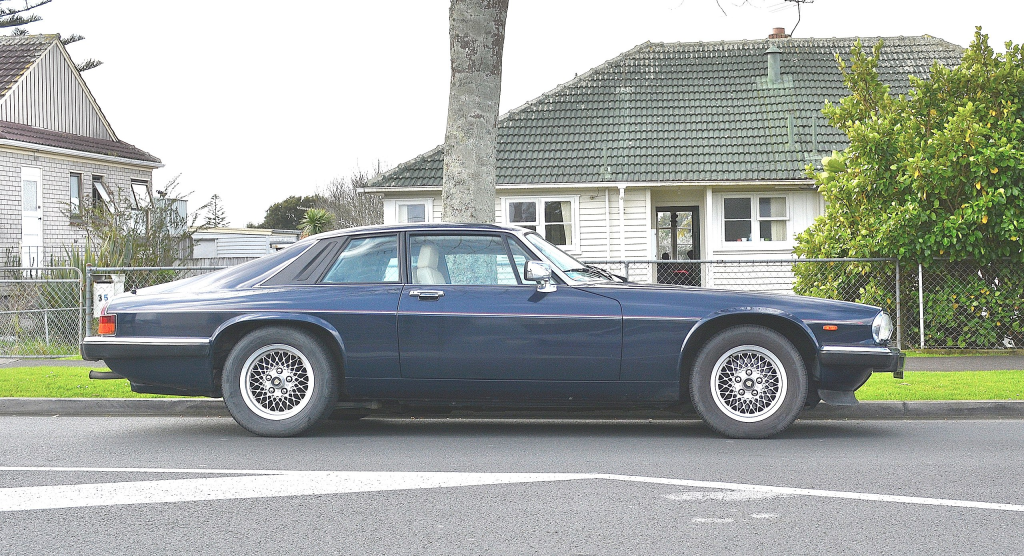
Acquisition: Ford acquired Jaguar Cars in 1989, seeking to expand its presence in the luxury automotive market and compete with European rivals such as BMW and Mercedes-Benz. The acquisition provided Jaguar with much-needed financial resources and access to Ford’s engineering and manufacturing expertise. Under Ford’s ownership, Jaguar underwent a period of revitalization, introducing new models such as the XK8 and XJ sedan series.
Sale: In 2008, Ford sold Jaguar Cars, along with Land Rover, which is bought in 2000, to Tata Motors, an Indian multinational automotive manufacturer, for approximately $2.3 billion. The sale was part of Ford’s broader strategy to divest non-core assets and focus on its core Ford brand. Tata Motors’ acquisition of Jaguar Cars marked a new chapter for the British marque, providing it with stability and investment to pursue its growth ambitions under new ownership.
Lincoln:
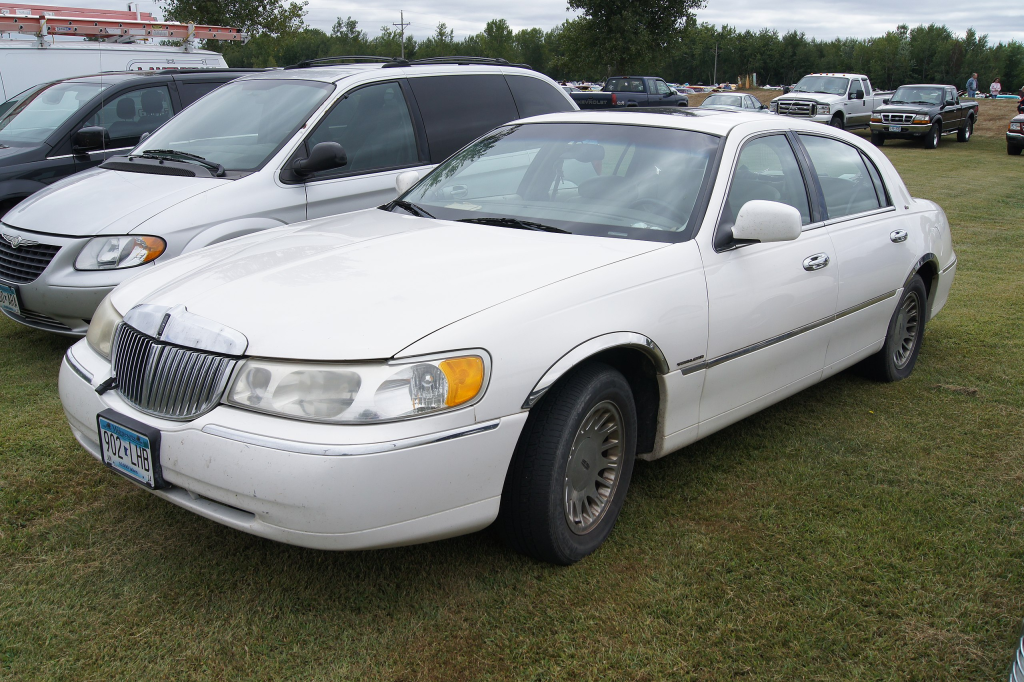
Acquisition and Sale: Unlike Aston Martin and Jaguar, Lincoln has been a longstanding part of Ford Motor Company, predating the formation of the Premier Automotive Group. Founded in 1917 and purchased by Ford in 1922, Lincoln has been synonymous with American luxury, producing iconic vehicles such as the Continental and Navigator. While Lincoln was included in the Premier Automotive Group at its inception in 1999, it remained under Ford’s ownership throughout the group’s existence. In the years following the dissolution of PAG, Lincoln continued to be an integral part of Ford’s strategy, receiving renewed focus and investment to rejuvenate the brand and expand its lineup of luxury vehicles.
Volvo Cars:
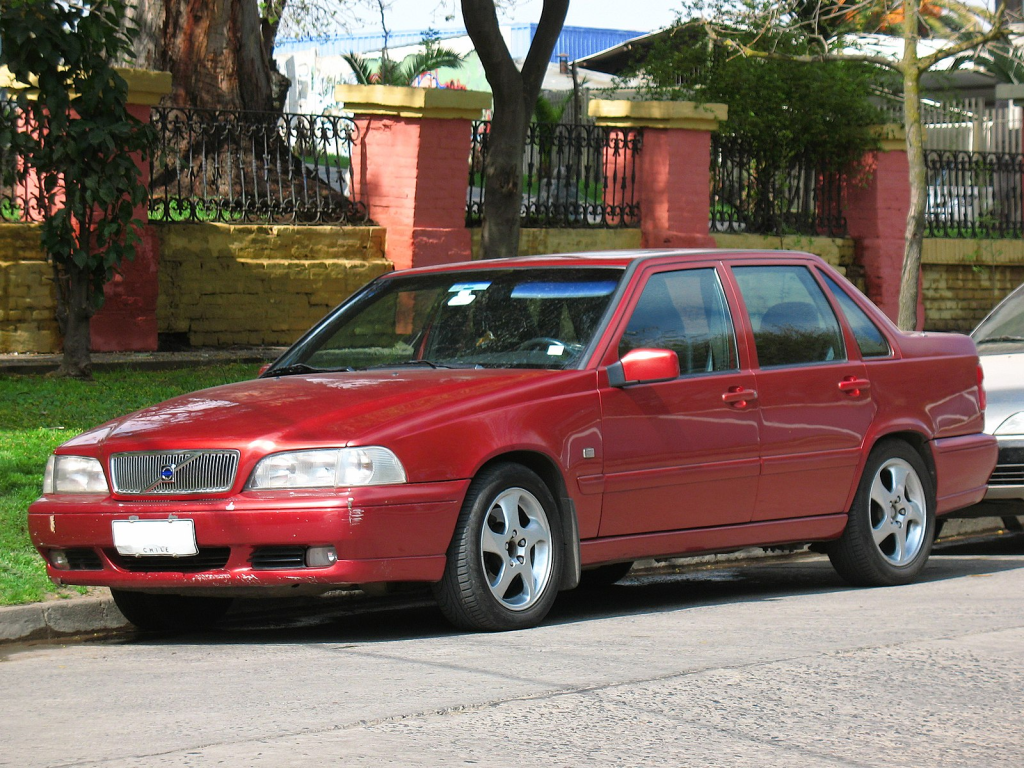
Acquisition: Ford acquired Volvo Cars in 1999 as part of the formation of the Premier Automotive Group. The acquisition was motivated by Ford’s desire to diversify its automotive portfolio and expand its presence in the European market. Volvo brought with it a reputation for safety, practicality, and Scandinavian design, complementing Ford’s existing lineup of brands. Under Ford’s ownership, Volvo continued to operate autonomously, maintaining its headquarters in Gothenburg, Sweden, and benefiting from shared technologies and resources within PAG.
Sale: In 2010, Ford announced the sale of Volvo Cars to Geely Holding Group, a Chinese multinational automotive company, for approximately $1.8 billion. The sale marked the end of Ford’s ownership of Volvo after more than a decade and signaled a new era for the Swedish automaker under Chinese ownership. Geely’s acquisition of Volvo provided the company with the financial resources and strategic support to pursue its growth ambitions and further strengthen its position in the global automotive market.


